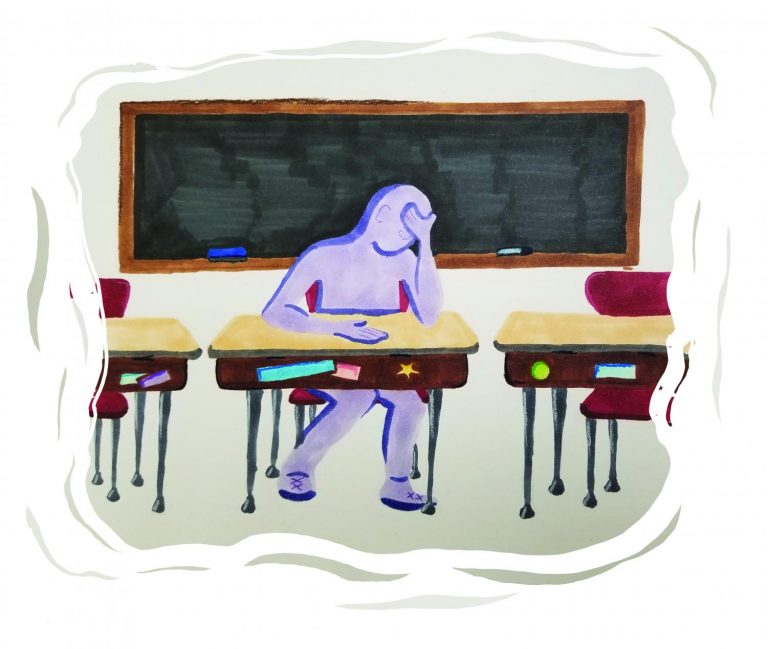D65 places more students with disabilities in general education, but racial achievement gap persists
Daily file illustration by Roxanne Panas
Sixty-four percent of D65 students with Individualized Education Plans were placed in a general education setting for 80 percent or more of their time this year, up from 56.8 percent last year.
March 25, 2021
Evanston/Skokie School District 65 placed more students with disabilities in general education settings, but the racial gap in Measures of Academic Progress exam scores remains, according to a report presented at Monday’s Board of Education meeting.
Sixty-four percent of students with Individualized Education Programs were taught in a general education setting for 80 percent or more of their time this year, up from 56.8 percent last year, while the number of students with IEPs placed in separate settings decreased. However, racial disparities identified in preceding years persisted in benchmark tests among both IEP and general education recipients.
Most of the increase in students with IEPs in general education settings was driven by Black, Latinx and multiracial students. District 65 has pushed for greater inclusion of students with IEPs in general education after data showed the segregation of students with IEPs disproportionately affected Black and Latinx students.
The number of Black D65 students diagnosed with emotional disabilities decreased after the district became more cognizant of a tendency to overdiagnose Black students, said Romy DeCristofaro, assistant superintendent for student services.
DeCristofaro said the district hired 12 new staffers in special education roles last year, as well as implemented new training and assessment programs to better address racial inequities.
While fewer general education students are meeting MAP benchmarks in 2021, students with IEPs, on average, improved their reading and math scores.The majority of those gains were among White and multiracial students. The number of Black and Latinx students meeting benchmarks held steady or increased by smaller margins. The disparity remained especially pronounced in reading scores.
“The fact remains that the steps we’ve taken have not yet translated into the desired achievement outcomes,” DeCristofaro said.
A report presented to the board last year found Black and Latinx students were overrepresented in special education programs, and were significantly outperformed by their White classmates. Board president Anya Tanyavutti said at the time the report exposed “a history of hostility and neglect toward Black children.”
Board members were more positive about this year’s report. Elisabeth “Biz” Lindsay-Ryan praised DeCristofaro for her work over the last year but also raised questions about additional emotional and mental support measures the district needed to take once more students returned to in-person learning. DeCristofaro indicated mental health counselors would be returning to schools and Special Services would monitor student needs.
“There’s a lot of progress to be excited about, but we know we have a lot more work to do,” Lindsay-Ryan said.
Email: [email protected]
Twitter: @joshuajirvine
Related stories:
— All D65 students invited to learn in-person next fall
— Discussing budget cuts, board members consider earlier start times
— D202 teachers discuss concerns about hybrid learning announcement


